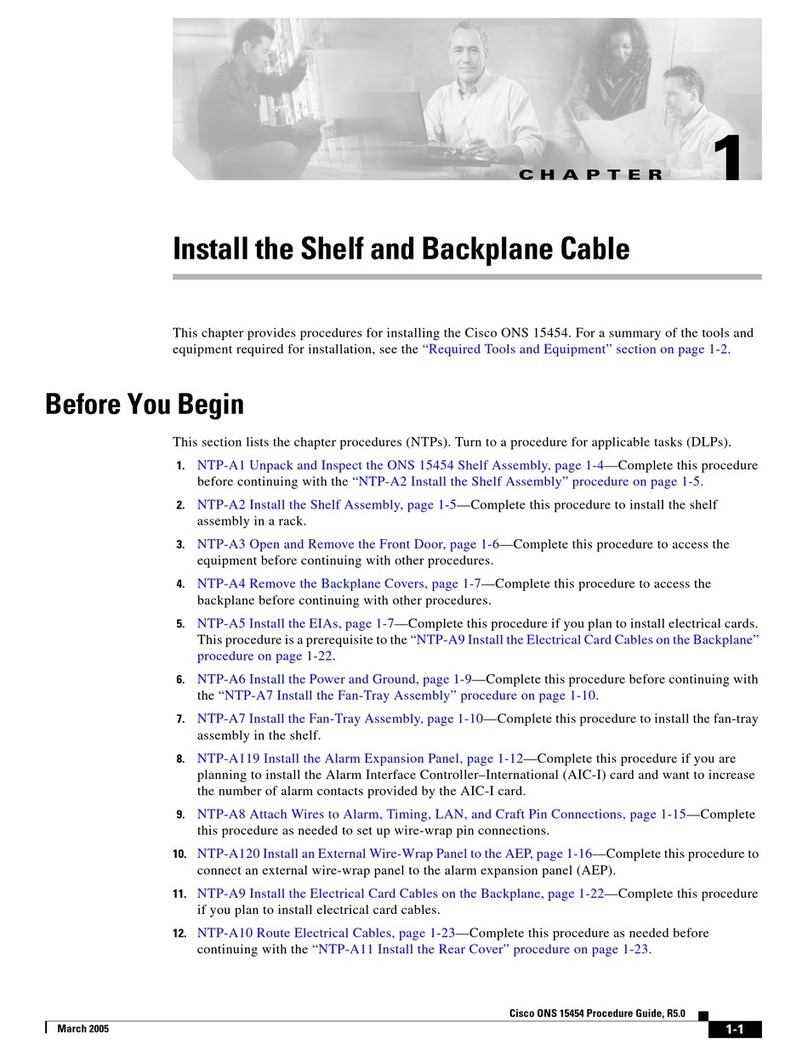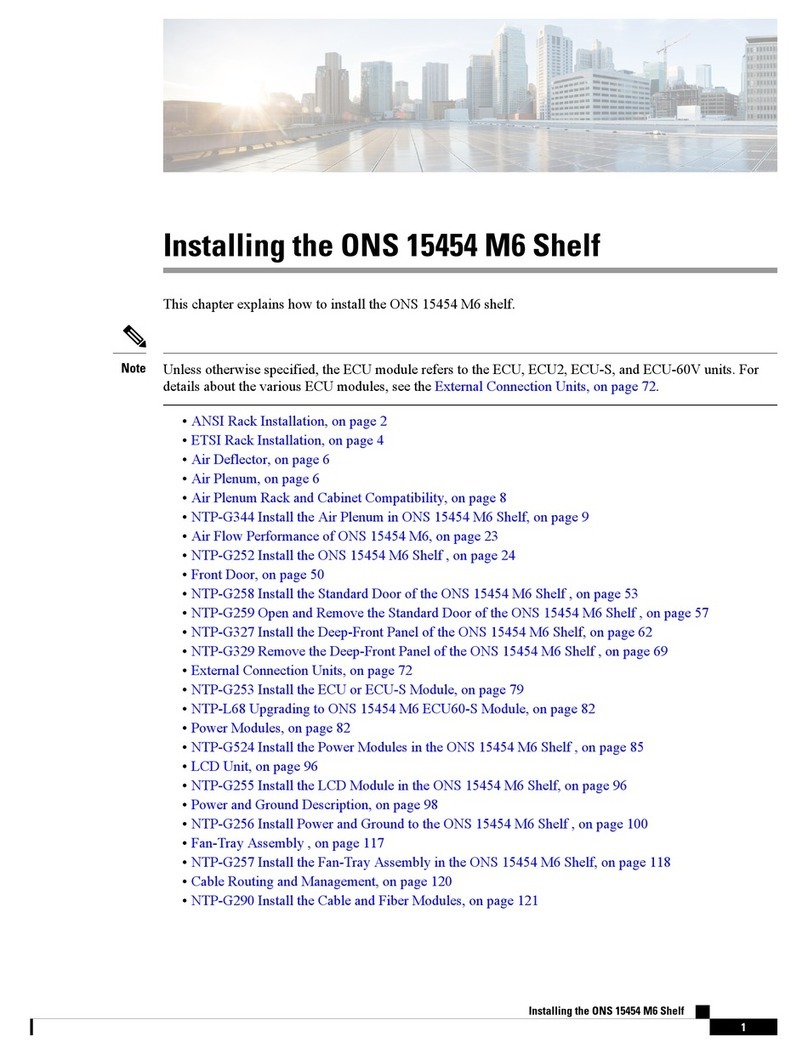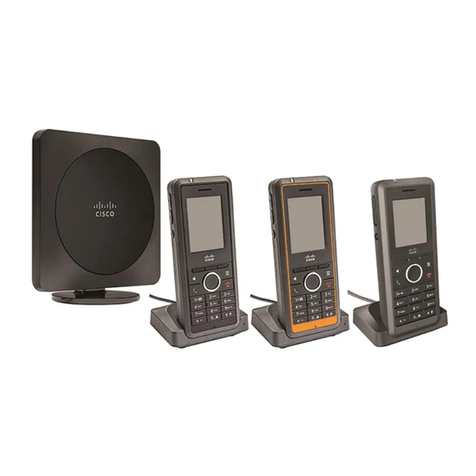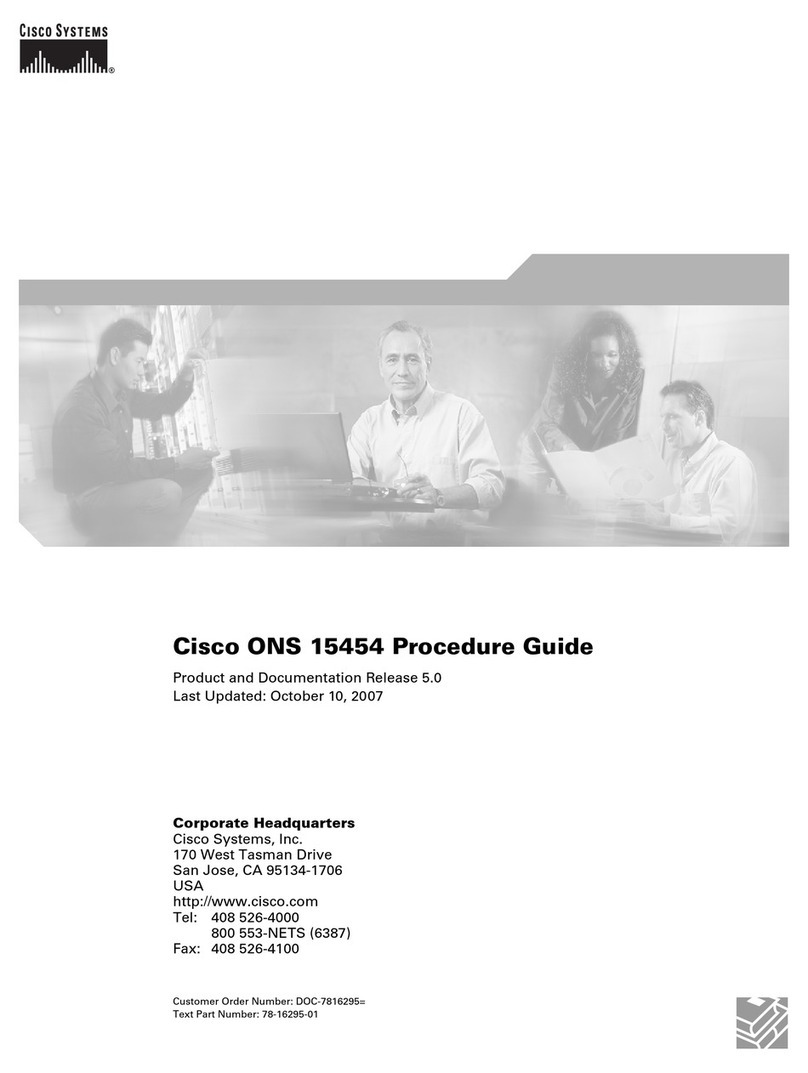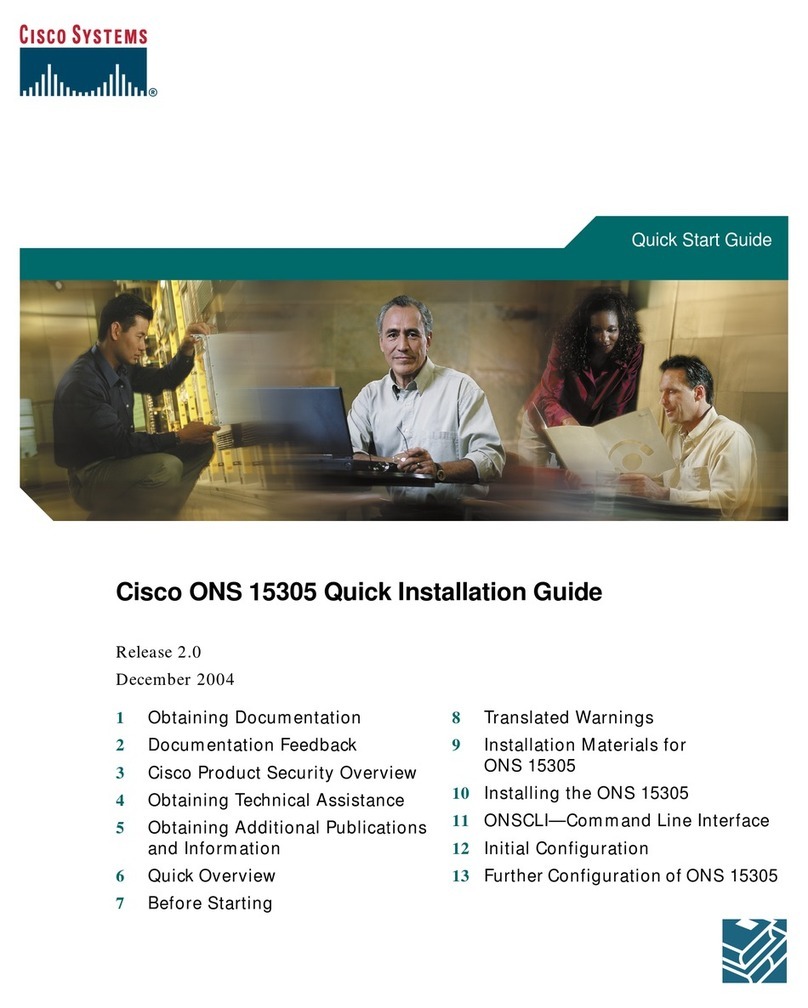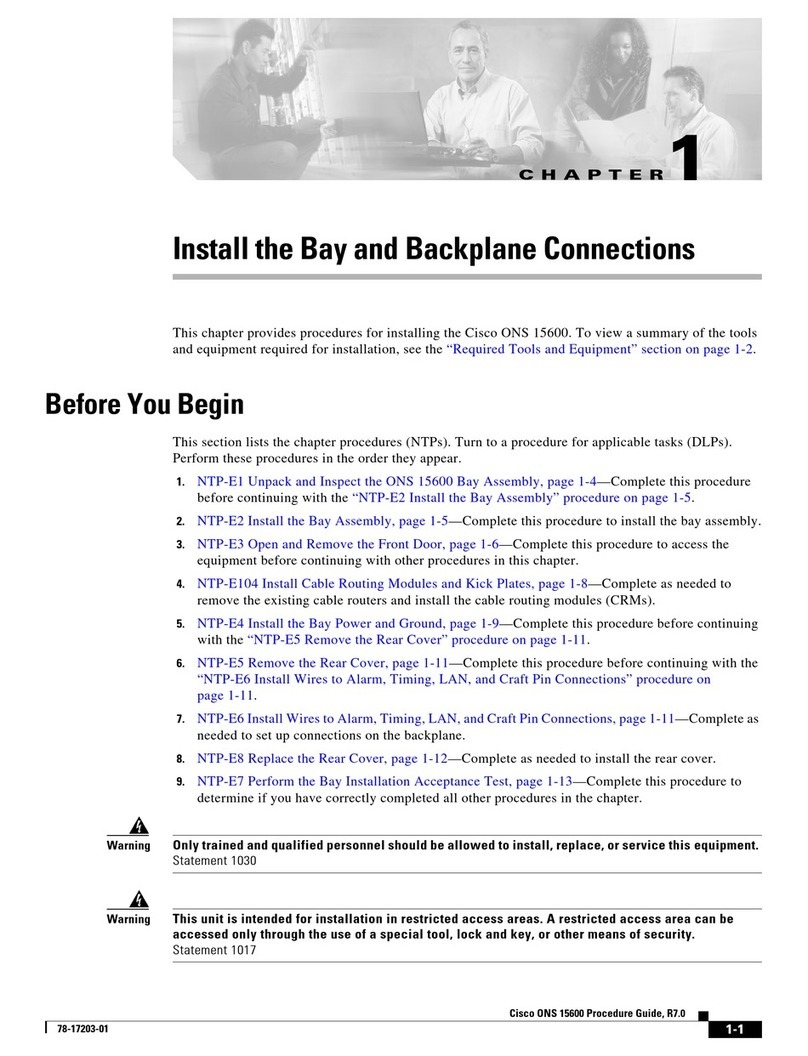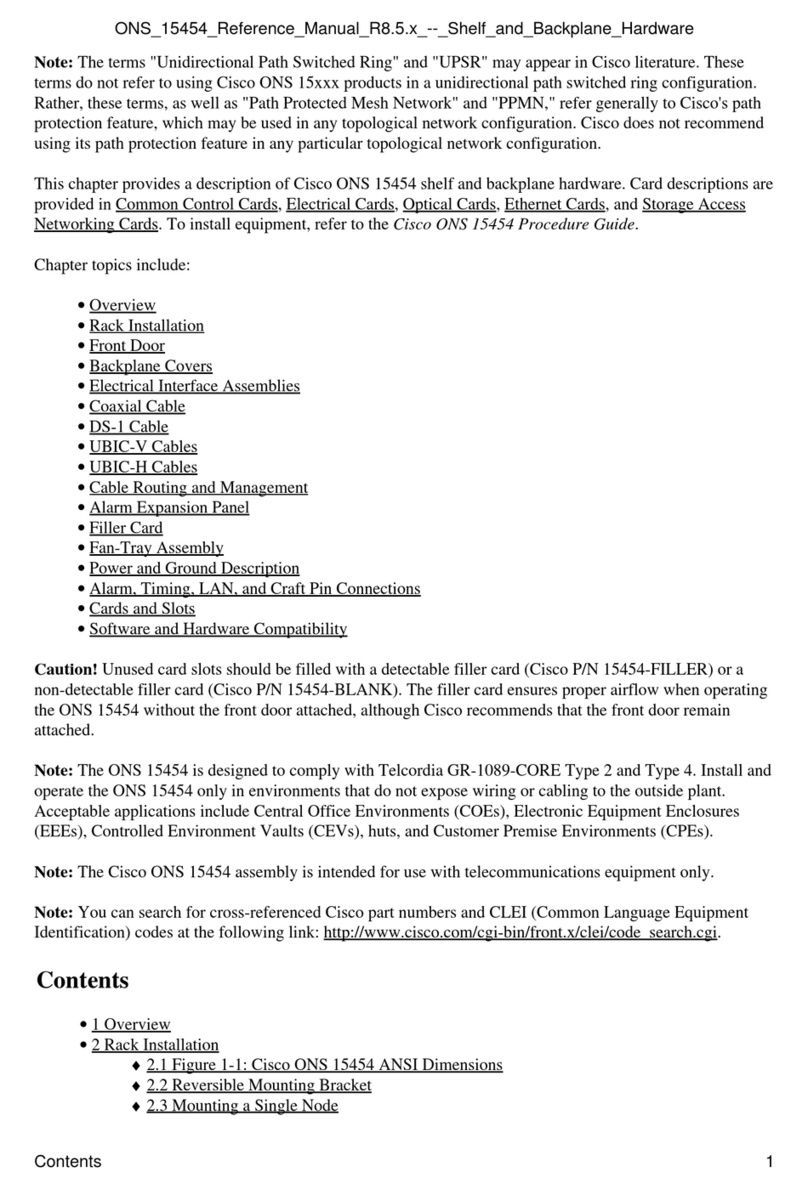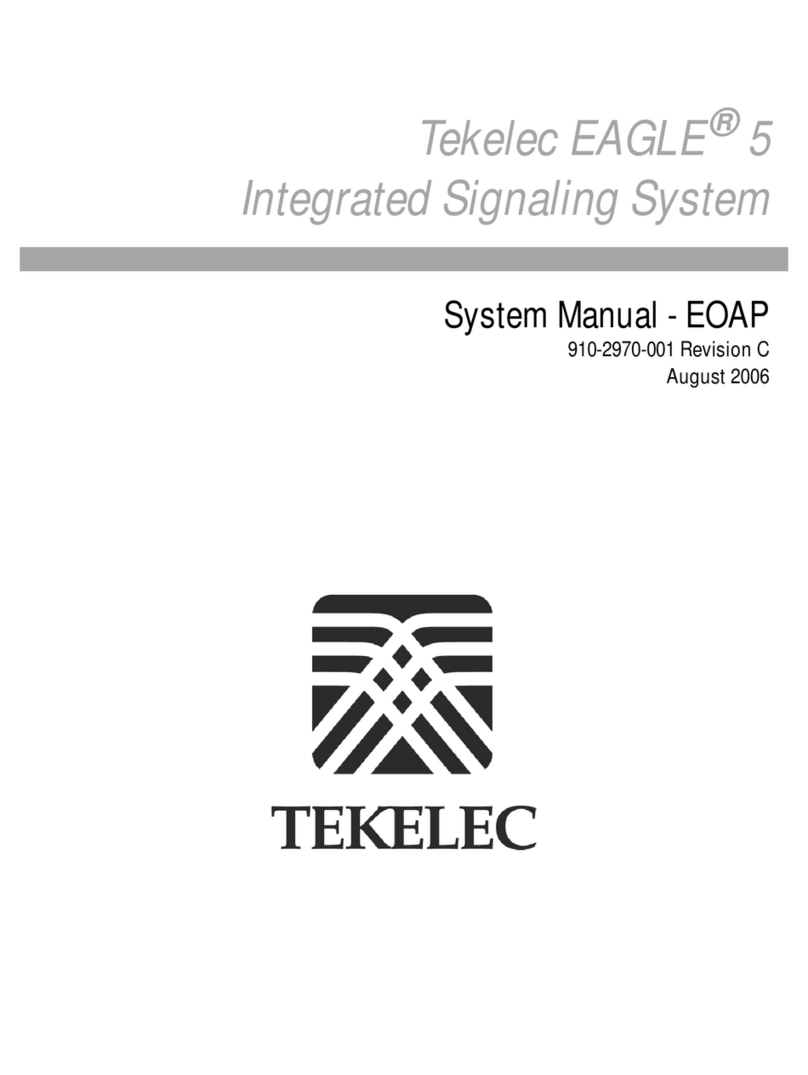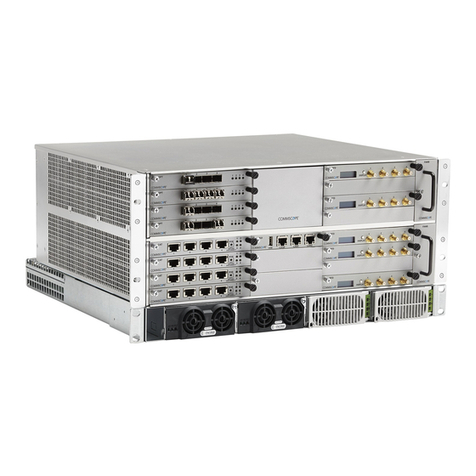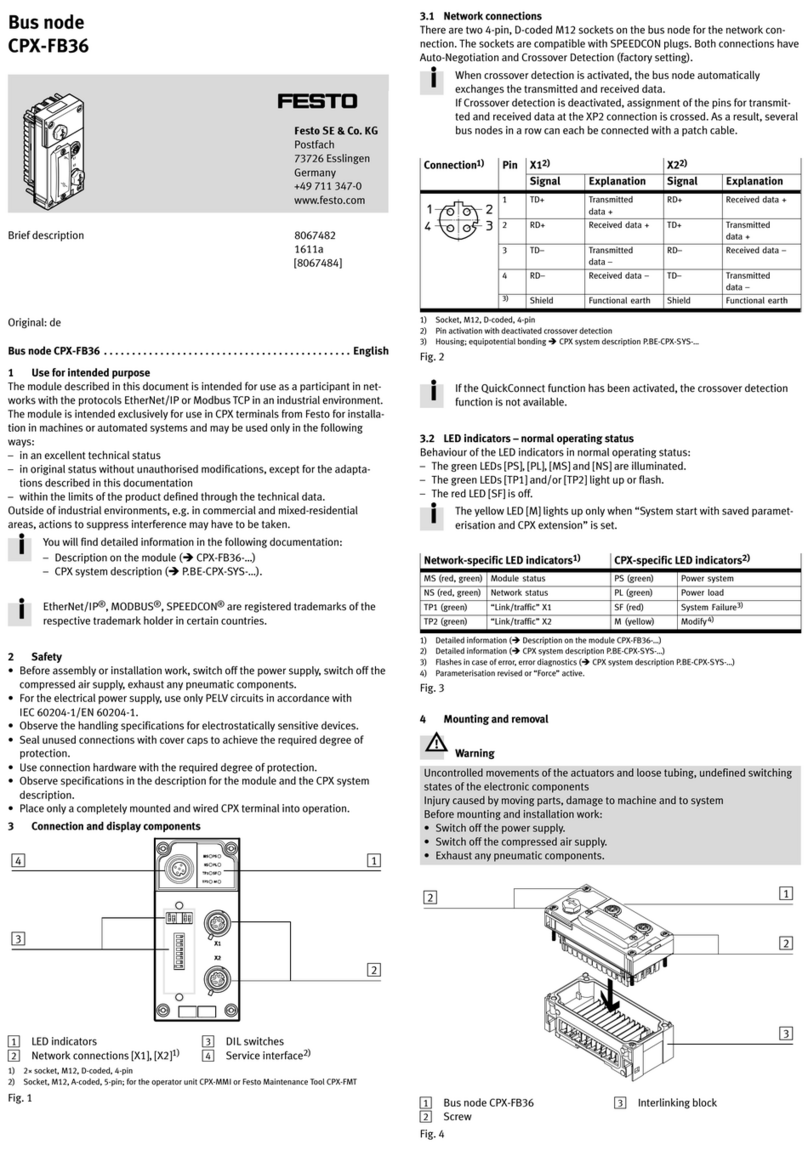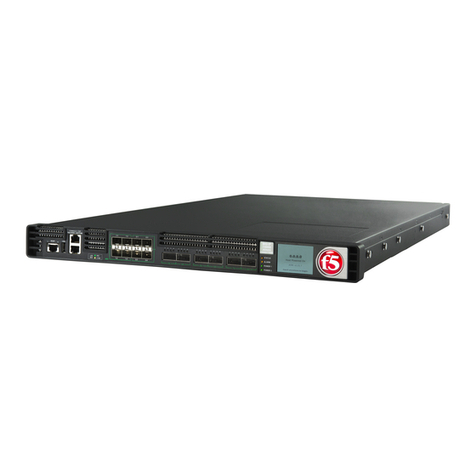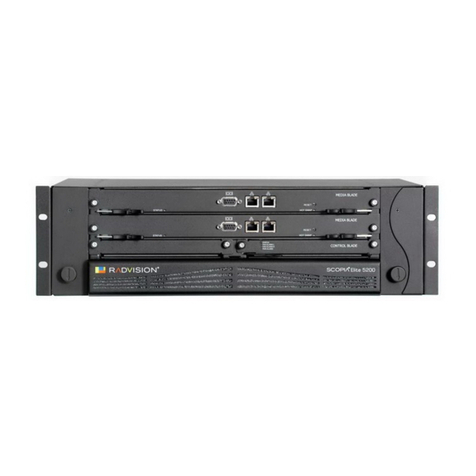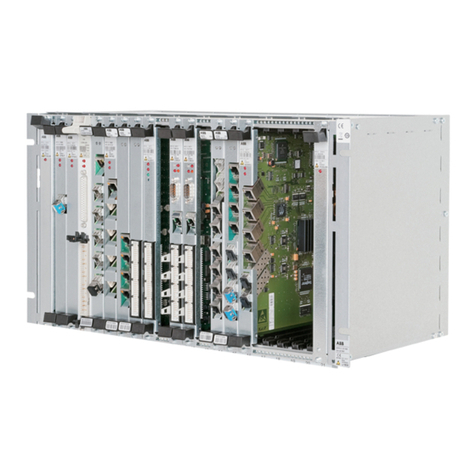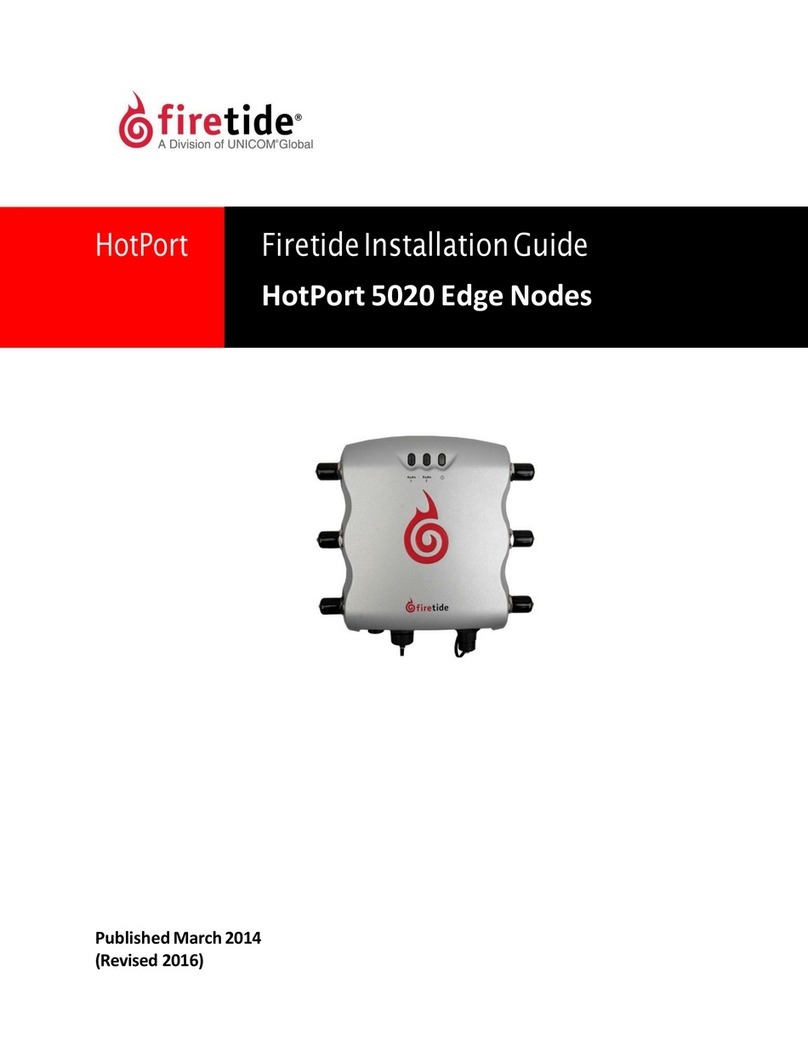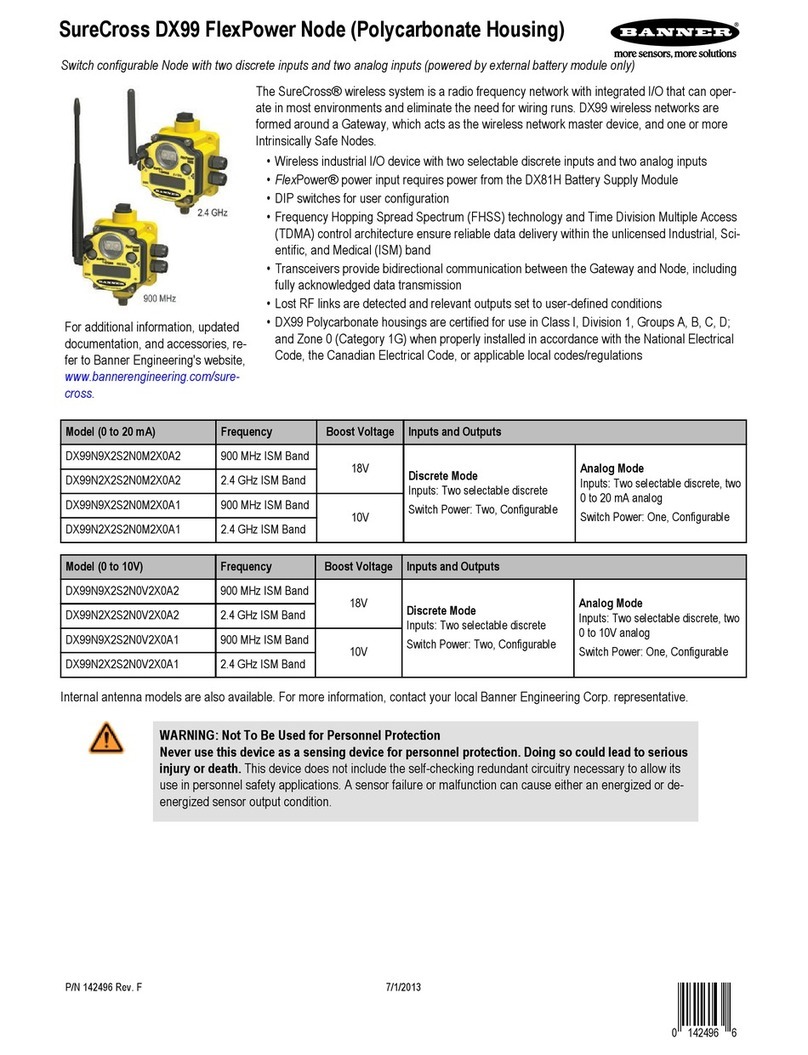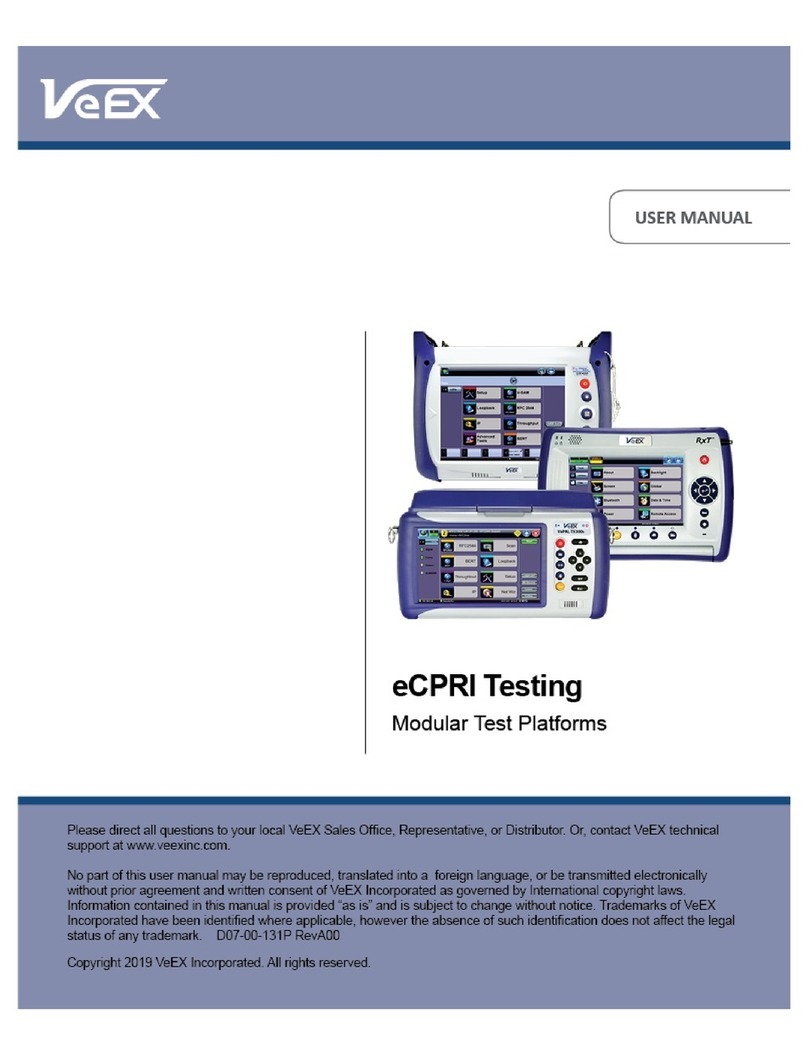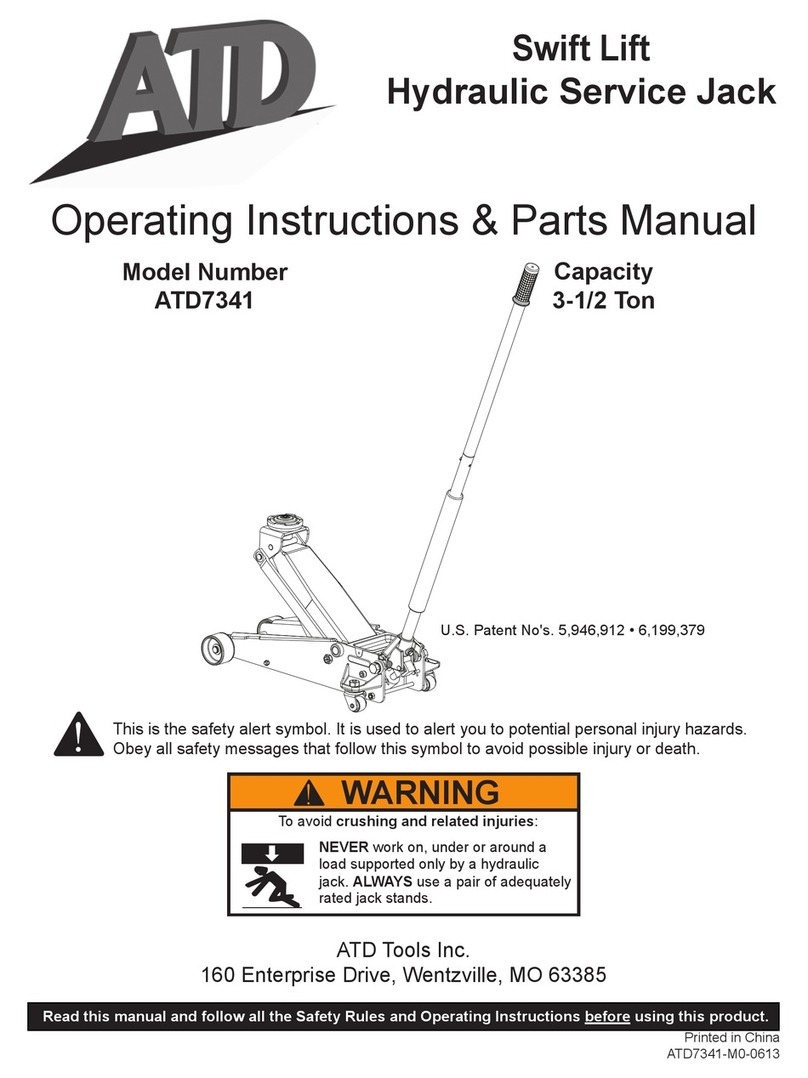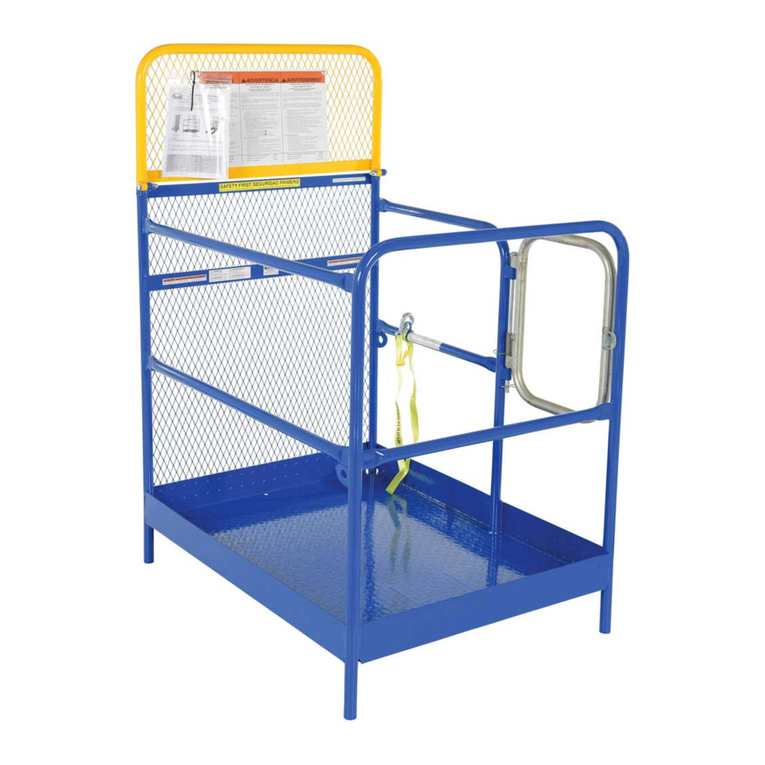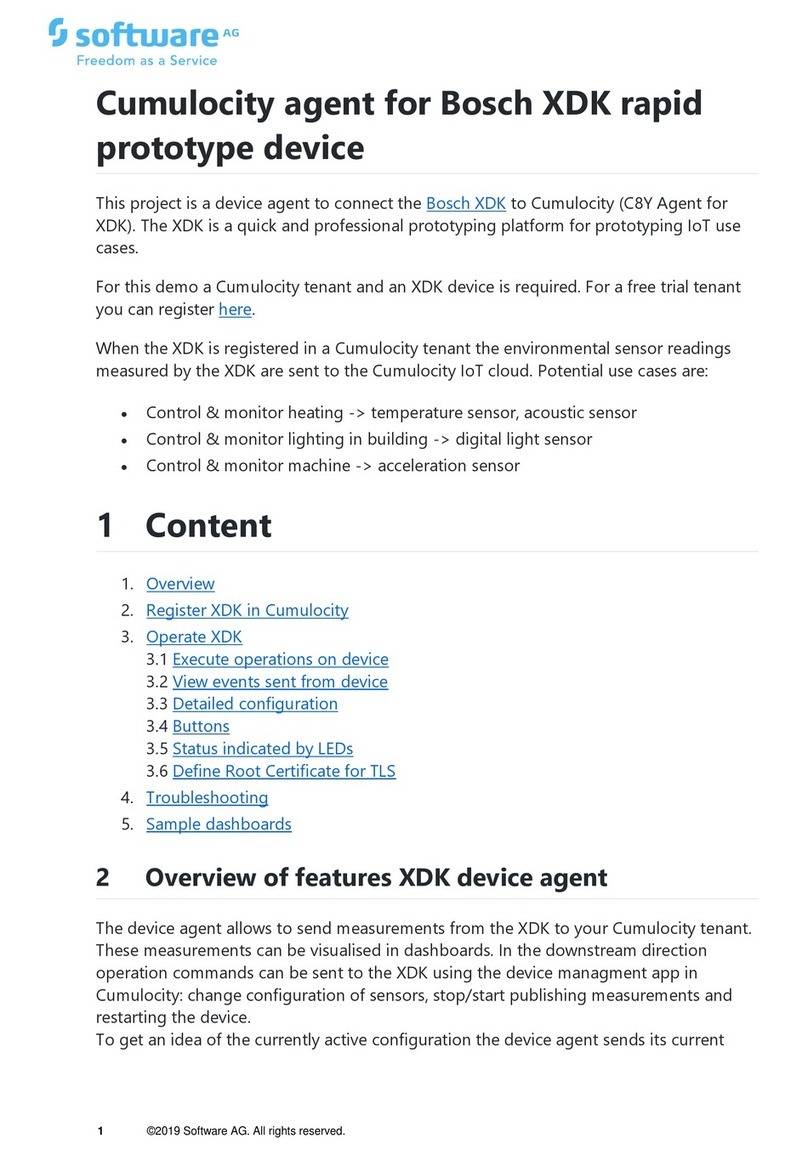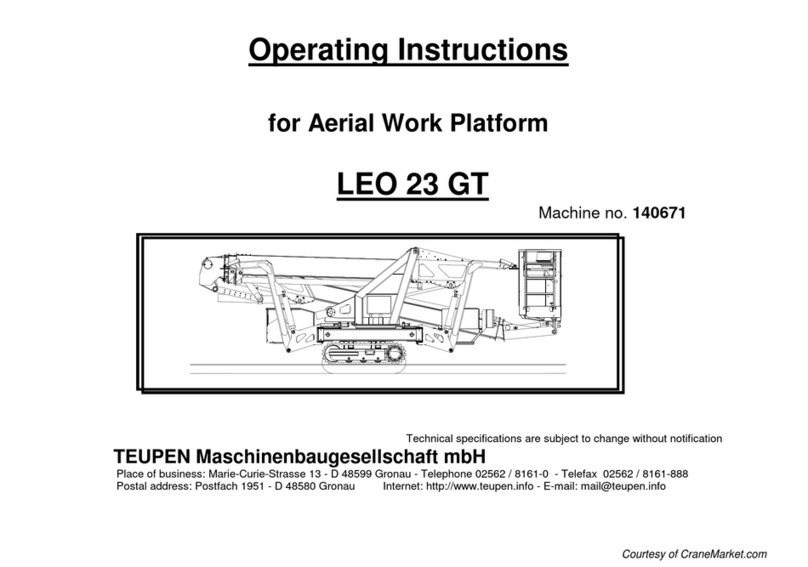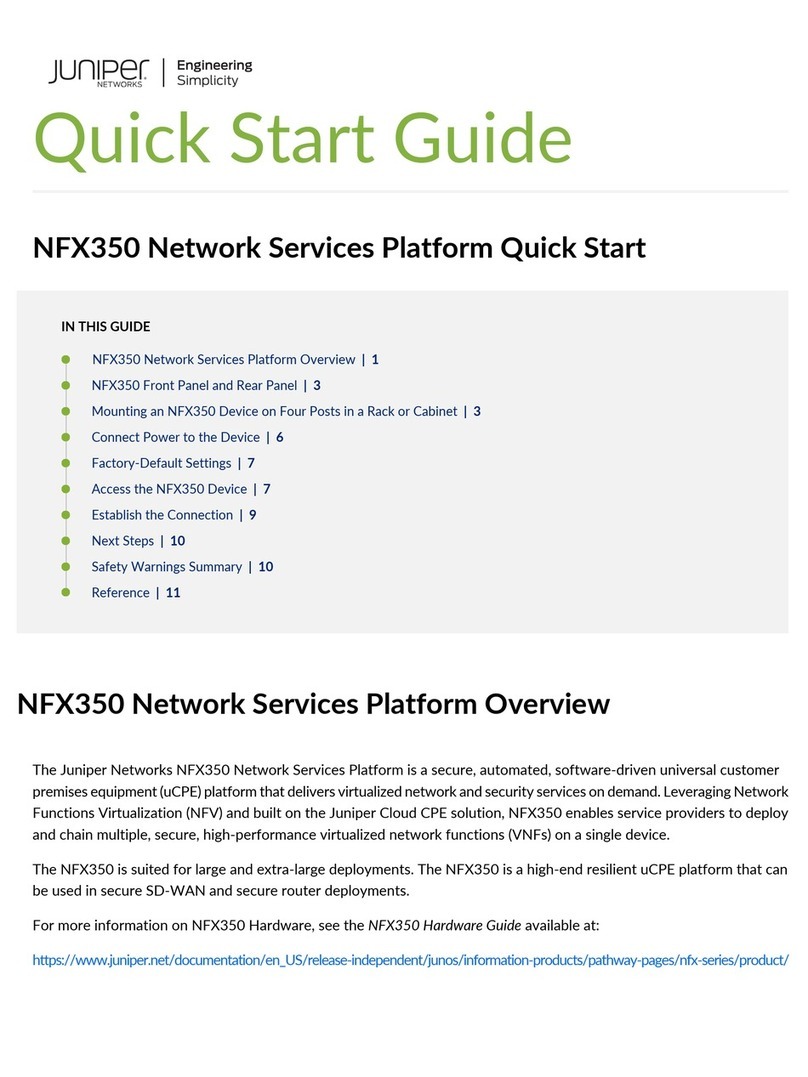
11-3
Cisco ONS 15454 SDH Reference Manual, R8.5
78-18119-01
Chapter 11 Circuits and Tunnels
11.2 Circuit Properties
11.2 Circuit Properties
The ONS 15454 SDH Circuits window, which appears in network, node, and card view, is where you can
view information about circuits. The Circuits window (Figure 11-1 on page 11-4) provides the following
information:
•Name—The name of the circuit. The circuit name can be manually assigned or automatically
generated.
•Type—Circuit types are HOP (high-order circuit), LOP (low-order circuit), VCT (VC low-order
tunnel), VCA (VC low-order aggregation point), OCHNC (dense wavelength division multiplexing
[DWDM] optical channel network connection, HOP_v (high-order virtual concatenated [VCAT]
circuit), and LOP_v (low-order VCAT circuit).
Note For OCHNC information, refer to the Cisco ONS 15454 DWDM Procedure Guide.
•Size—The circuit size. Low-order circuits are VC12, VC11 (XC-VXC-10G card only), and VC3.
High-order circuit sizes are VC4, VC4-2c, VC4-3c, VC4-4c, VC4-6c, VC4-8c, VC4-12c, VC4-16c,
and VC4-64c. OCHNC sizes are Equipped not specific, Multi-rate, 2.5 Gbps No FEC (forward error
correction), 2.5 Gbps FEC, 10 Gbps No FEC, and 10 Gbps FEC. High-order VCAT circuits are VC4
and VC4-4c. OCHNCs are DWDM only, refer to the Cisco ONS 15454 DWDM Procedure Guide for
more information. Low-order VCAT circuits are VC3 and VC12. For information on the number of
supported members for each card, see Table 11-13 on page 11-28.
•OCHNC Wlen—For OCHNCs, the wavelength provisioned for the DWDM optical channel network
connection. (DWDM only; refer to the Cisco ONS 15454 DWDM Procedure Guide for more
information).
•Direction—The circuit direction, either two-way (bidirectional) or one-way.
•OCHNC Dir—For OCHNCs, the direction of the DWDM optical channel network connection,
either east to west or west to east. (DWDM only; refer to the Cisco ONS 15454 DWDM Procedure
Guide for more information).
•Protection—The type of circuit protection. See the “11.2.4 Circuit Protection Types” section on
page 11-9.
•Status—The circuit status. See the “11.2.2 Circuit Status” section on page 11-6.
•Source—The circuit source in the format: node/slot/port “port name”/virtual container/tributary
unit group/tributary unit group/virtual container. (The port name appears in quotes.) Node and slot
always display; port “port name”/virtual container/tributary unit group/tributary unit group/virtual
container might display, depending on the source card, circuit type, and whether a name is assigned
to the port. For the STM64-XFP and MRC-12 cards, the port appears as port pluggable module
(PPM)-port. If the circuit size is a concatenated size (VC4-2c, VC4-4c, VC4-8c, etc.), VCs used in
the circuit are indicated by an ellipsis, for example, VC4-7..9 (VCs 7, 8, and 9) or VC4-10..12 (VC
10, 11, and 12).
•Destination—The circuit destination in same format (node/slot/port “port name”/virtual
container/tributary unit group/tributary unit group/virtual container) as the circuit source.
•# of VLANS—The number of VLANs used by an Ethernet circuit with end points on E-Series
Ethernet cards in single-card or multicard mode.
•# of Spans—The number of internode links that constitute the circuit. Right-clicking the column
shows a shortcut menu from which you can choose Span Details to show or hide circuit span detail.
For each node in the span, the span detail shows the node/slot/port/virtual container/tributary unit
group/tributary unit group/virtual container.
